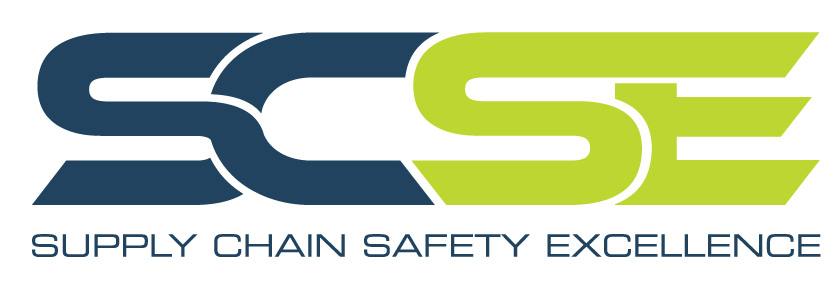One year ago today, on 23 November 2018, the Master Industry Code of Practice (Master Code) was registered by the National Heavy Vehicle Regulator (NHVR). The Master Code is a registered industry code of practice under section 706 of the Heavy Vehicle National Law (HVNL), developed by the industry, for the industry. At Supply Chain Safety Excellence (SCSE), we were honoured to be directly involved in the development of the Master Code, as the technical writer.
Since then, we have been living and breathing the Master Code by helping supply chain participants adopt and implement the Code— “mastering the Master Code” as we like to say. Did you know a distinguishing feature of the Master Code is that it can be used by the courts to determine what is reasonably practicable? The Master Code provides evidence of what is known about public risks and ways to control the risk.
The HVNL adopts a risk-based approach to ensure the safety of transport activities and requires a positive and proactive approach to managing public risks. Following the Master Code is one way to take responsibility for the safety of transport activities and manage public risks.
Have you conducted a risk assessment of your transport activities using the approach outlined in the Master Code?
At SCSE, we have facilitated in excess of 70 risk assessments of transport activities and associated business practices for many of our clients (COR parties). Some of these clients have included Australia’s:
- leading dealers of heavy machinery and hire equipment;
- leading agribusinesses including bulk grain and sugar producer;
- largest producer of sawn timber products;
- a leading supplier of specialty chemicals; and
- a large-scale convention and exhibition centre.
The HVNL requires each party in the chain of responsibility (COR) to ensure the safety of transport activities, so far as is reasonably practicable. This includes eliminating public risks, and if that’s not reasonably practicable, minimising the risks. The Master Code suggests controls to manage heavy vehicle safety and public risks.
Have you compared the suggested controls in the Master Code with what you actually do, to check if what you are doing is adequate and effective?
At SCSE, we have undertaken control effectiveness reviews for many of the above clients and others to check that their COR risk controls are adequate and effective at eliminating or minimising public risks and meet the ‘so far as is reasonably practicable test’. We also verify that the COR risk controls reflect operational practice – the way work is actually done.
The Master Code is a practical guide to achieving the standards of heavy vehicle safety and compliance required under the HVNL. A copy of the Master Code can be downloaded from the NHVR website at:
SCSE Director and Principal Consultant, Sean Minto, is the technical writer of the Master Code and an experienced risk, safety and compliance professional—If you require assistance mastering the Master Code, please get in touch.
1. ALC & ATA, Master Industry Code of Practice, Master Code – V1.0, 23 November 2018, accessed on the NHVR website at www.nhvr.gov.au
2. Heavy Vehicle National Law (Queensland) 2018, s26C, accessed on the QLD Government Queensland Legislation website at www.legislation.qld.gov.au


